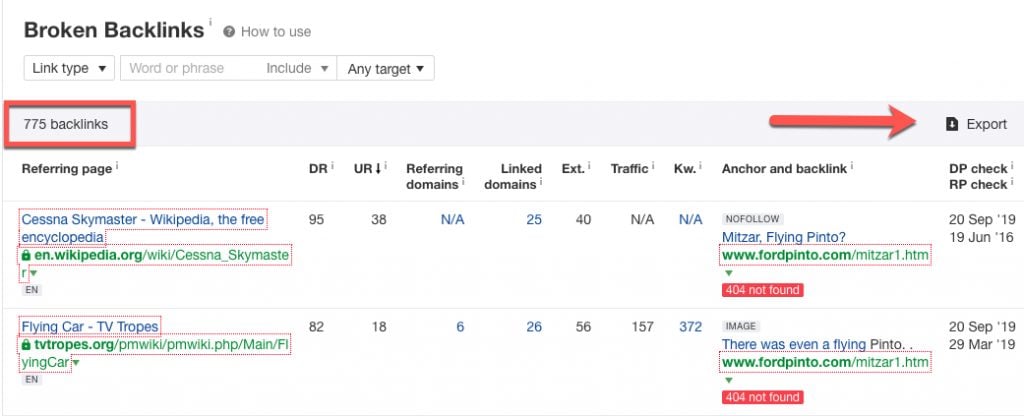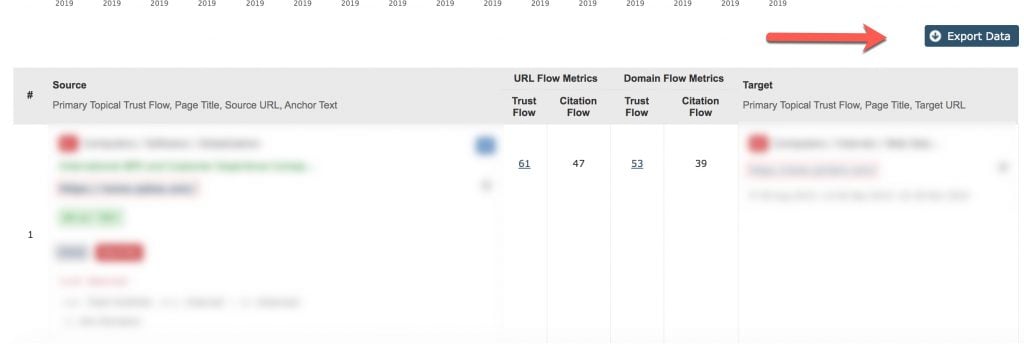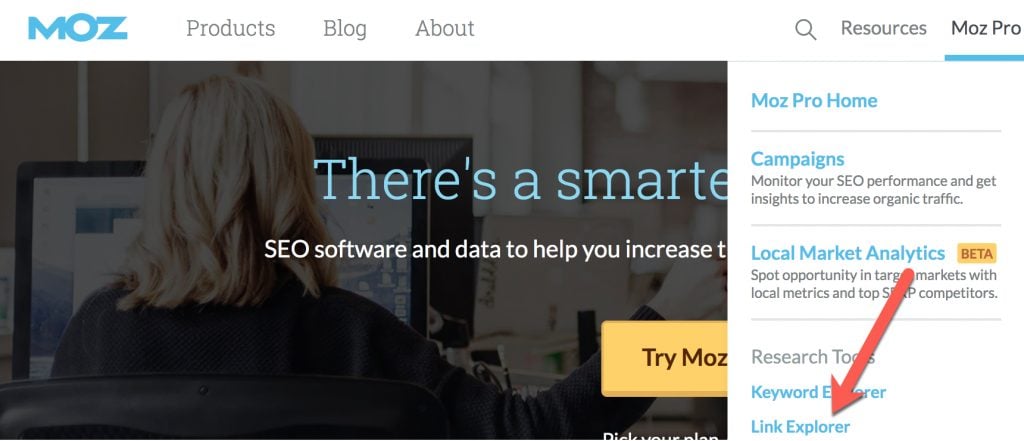What do cars, household appliances, and backlinks all have in common? Unfortunately for us, they will all break over time.
Just like it’s necessary to upgrade your 1971 Ford Pinto to a more reliable (and less explody) vehicle, your website must be routinely updated for optimal performance and user experience. However, when websites remove pages or change URLs during a site overhaul, it breaks backlinks, and your website’s organic search visibility can suffer. Link reclamation allows you to quickly fix these broken links so your website can continue to dominate the search engine results pages (SERPs) and drive search traffic to your target landing pages.
Without further ado, here is your guide to link reclamation off-page SEO.
What Is Link Reclamation?
Link reclamation is the process of reaching out to website owners or editors, asking them to update one or multiple links found on their website. This process benefits both parties because it creates a better experience for users who engage with either party’s content. And, there is no SEO value in broken links, so both sites suffer a loss of what once may have been valuable link equity.
Why Redirects Aren’t Enough
While setting up 301 redirects is an essential step during a site migration, they only restore 90-99% of link equity, according to Moz. At first glance, a 1-10% loss in link equity may not seem like the end of the world. However, if you had to create 301 redirects for hundreds, or even thousands of links, your website’s PageRank will most likely suffer.
How to Find Broken Links
Without SEO tools, it’s nearly impossible to find broken backlinks on your website. We prefer using Ahrefs, Majestic, and Moz to locate links (both broken and unbroken). Here is a quick how-to for finding broken links on each of these platforms.
Ahrefs
- Enter your company’s URL into Ahrefs’ search bar.

- Under “Backlinks” click on “Broken.”

- Explore broken links to your site (it looks like Ford needs to fix more than just their Pintos).

Pro Tip: If your site has a lot of broken backlinks, you may want to consider exporting your broken backlink data into a .csv file. This will help you organize your data.
Majestic
- Enter your company’s URL into the search bar.

- Click on “Lost.”

- Explore broken backlink data and/or export to a .csv file.

Moz
- Under the “Moz Pro” tab, click on “Link Explorer.”

- Enter your site’s URL into the search bar.

- Click on “Discovered and Lost” on the side menu.

- Explore broken backlink data and/or export to a .csv file.

How to Ask Site Owners to Fix Links
Now that you’ve gathered all of the data necessary for your link reclamation campaign, it’s time to build your contact list and write your email templates.
There are several tools you can use to help you build your email list, but we like Hunter.io and Skrapp a lot lately. Whatever tool you decide to use, it’s imperative that you do everything in your power to prospect for the best possible contact that can help you fix your broken backlinks. We suggest looking for content editors, webmasters, marketers, or content strategists.
The great thing about link reclamation is that you’re pitching a mutually beneficial value proposition (i.e., “fix this link so that your users will have a good experience on your website”). Your pitch doesn’t need to be fluffy, and you can get straight to the point.
Here’s an example of a link reclamation pitch that our team uses:
Subj: Broken Link on [Website Name]
Hello [First Name],
In [Insert blog post name and link here] on your site, a link with the anchor text “XXX” was pointing to our website but, due to a [content migration or other reason], it is now incorrect.
I have an updated link that leads to the original article you referenced. Here it is if you’d like to use it: [Insert link here]
As you are probably well aware, fixing this link will improve user experience for both of us.
If you’re not the right person to contact about this issue, can you point me in the right direction?
Please let me know when you are able to fix this broken link.
Thanks,
Stella
And be sure to follow up! Reaching out multiple times is sometimes necessary to get results. Learn more about email best practices in our blog post about link building campaigns.
Don’t forget: when website editors fix a link for you, make sure to ALWAYS thank them. This will help you build long-term relationships, and they will likely link to your website’s content in the future.
What to Do if You Can’t Fix a Broken Link
Just like all of the other link building activities you participate in, you should not expect a 100% success rate. It’s important that you communicate with your SEOs and/or developers on your team to set up the proper redirects and status pages for backlinks that can not be fixed.
How to Monitor For Reclaimed Links
It’s common for website editors to fix a link and not tell you about it. That’s why you need to set up a process where you can check the status of your broken links on your own terms.
There are two ways to monitor for reclaimed links. You can use your SEO tools and look for new links coming in, or you can routinely check for fixed links manually. While SEO tools (like Buzzsumo, Ahrefs, and Majestic) are extremely useful, they can be slow at finding newly acquired backlinks.
That’s why we recommend keeping track of all of your broken links and off-page SEO efforts in a spreadsheet. This will help you stay organized, and you can check the status of your links in a timely manner.
Final Thoughts
Link reclamation is one of the most straightforward (and usually delivers the highest ROI) link building activities out there. With the right tools, you can regain that valuable link equity you lost due to something as large as a website migration or overhaul, or even minor changes on your site that affected URL structure. However, it’s a process that requires consistent effort and attention. Make sure to monitor your backlinks regularly so that your website can continue to capitalize on all the links pointing to your site.




















Good article and excellent way to articulate, keep it up